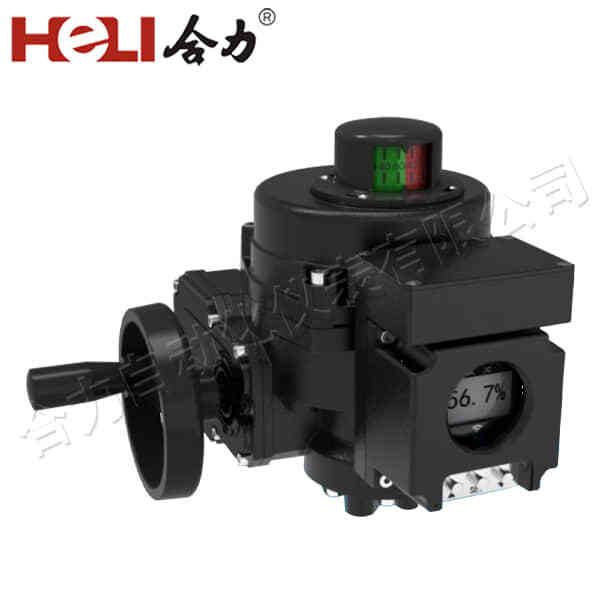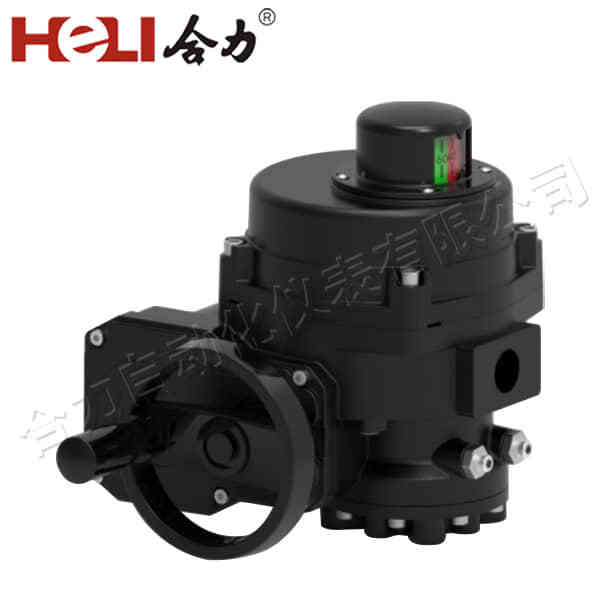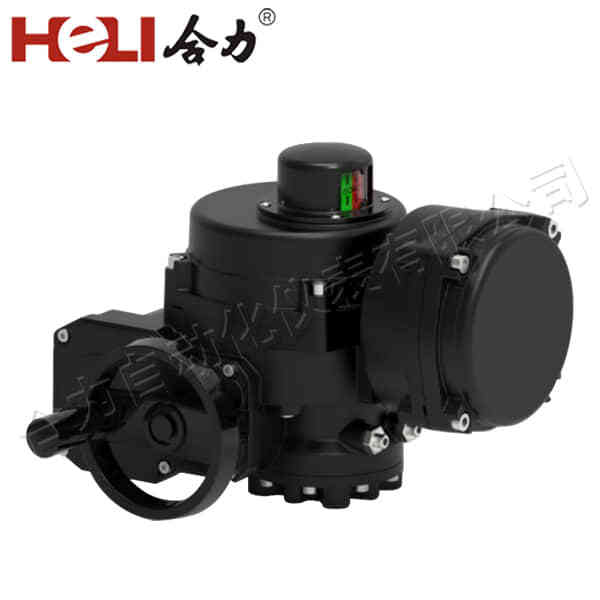Electric actuator valves are integral components in modern flow control systems, widely used across various industries, including water treatment, oil and gas, HVAC systems, and manufacturing. These devices combine the functionality of a valve and an electric actuator to regulate the flow of fluids and gases in piping systems automatically. This article will explore the fundamental working principles, applications, benefits, and challenges of electric actuator valves.

What is an Electric Actuator Valve?

An electric actuator valve consists of two main components: a valve and an electric actuator. The valve is responsible for controlling the flow of fluids or gases, while the actuator uses electric power to operate the valve. Typically, the actuator is connected to a control system, which sends signals to open or close the valve, adjust flow rates, or maintain specific conditions within the system. The electric actuator operates using electric motors, which are powered by electricity. The actuator’s function is to convert electrical energy into mechanical movement, which either opens, closes, or adjusts the valve to the desired position. This movement can be linear or rotary, depending on the design of the valve.

Leave a Reply